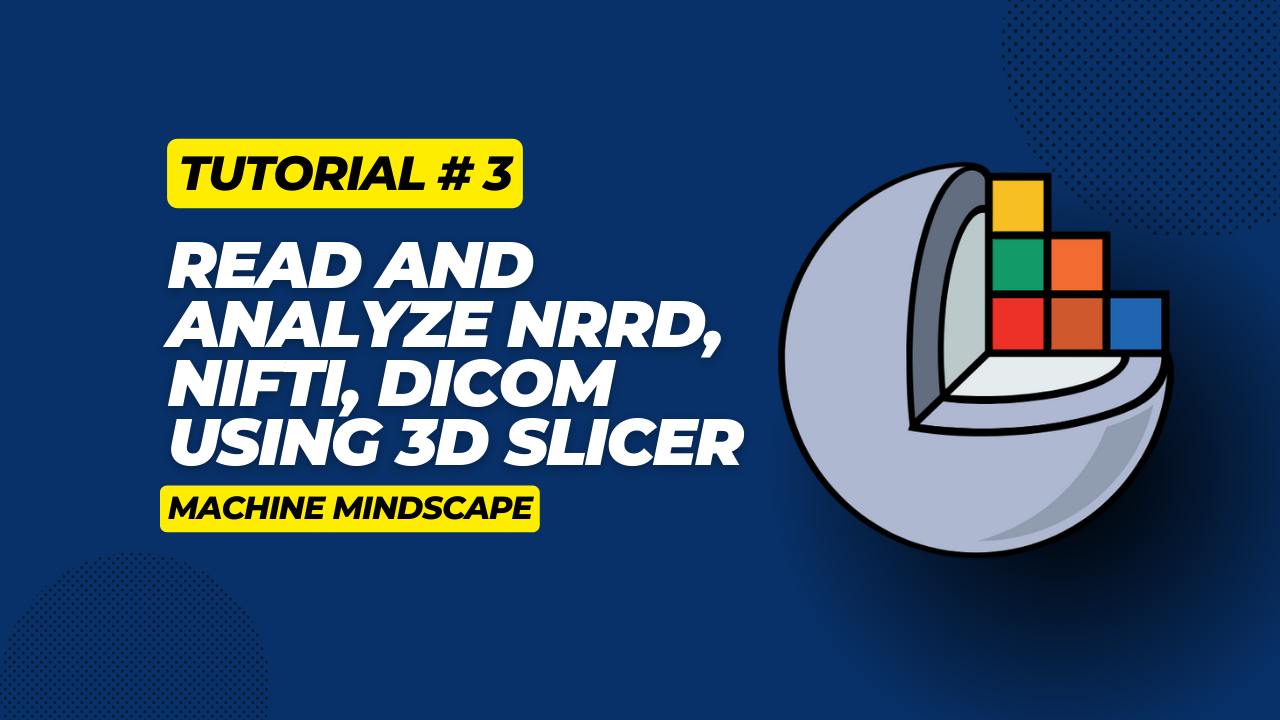Loss Functions - Training a neural network is an optimization problem. The goal is to find parameters that minimize this loss function and increase the model's performance as a consequence. So, training a neural network means finding the weights that minimize our loss function. This means that we need to know what loss functions are to make sure to use the right one based on the neural network we are training to solve a particular problem. We will learn what loss functions are, what type of loss functions to use for a given problem, and how they impact the output of the neural network. Let's begin. OverviewLoss FunctionsWhat is a Loss Function?How Do Loss Functions Work?Which Loss Functions To Use for Regression and ClassificationLoss Functions for RegressionLoss Functions for Classification SummaryFurther ReadingRelated ArticlesRelated Videos Loss Functions What is a Loss Function? Loss functions, also known as error functions , indicate how well the model is performing on the training data, allowing for the updating of weights towards reducing the loss, thereby enhancing the neural network's performance. In other words, the loss function acts as a guide for the learning process within a machine learning algorithm or a neural network. It quantifies how well the model's predictions match the actual target values during training. Here are some terminology that you should be familiar with regarding calculating this. Loss Function: Applied to a single training example and measures the discrepancy between the predicted output and the true target. Cost Function: Refers to the aggregate (sum) of loss function over the entire dataset, including any regularization terms. Objective Function: This term is…












